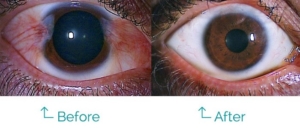What Does LASIK Feel Like? A Comprehensive Guide to Laser Eye Surgery
LASIK surgery is a revolutionary procedure that has helped millions of people around the world achieve clear vision and reduce their dependence on glasses or contact lenses. Understanding what a LASIK procedure feels like is crucial for anyone considering this life-changing procedure. We will delve into the basics of LASIK eye surgery, including its purpose, procedure, and expected outcomes.
LASIK, which stands for “Laser-Assisted In Situ Keratomileusis,” is a refractive surgery that aims to correct common vision problems such as nearsightedness, farsightedness, and astigmatism. During the procedure, a skilled surgeon uses a laser to reshape the cornea and improve its ability to focus light onto the retina, resulting in clear vision.
Understanding LASIK Surgery
The surgery itself typically takes about 15 minutes per eye, and the actual laser time is usually less than a minute. However, the entire process, from pre-operative preparations to post-operative care, requires thorough attention and care. At Visionary Eye Doctors, we believe in providing a comprehensive approach to LASIK surgery, prioritizing safety, precision, and patient satisfaction.
There are different types of laser vision correction surgeries available, each with its own advantages. LASIK is the most popular procedure, and it involves creating a thin corneal flap to access the underlying tissue. Another widely used technique is known as PRK (Photorefractive Keratectomy), where the surgeon removes the outer layer of the cornea and reshapes it without creating a flap.
The cornea acts as the eye’s front window and refracts light onto the lens and retina, allowing us to see. During LASIK surgery, the surgeon uses specialized equipment, including a femtosecond laser and an excimer laser, to create a precise corneal flap and reshape the underlying tissue.
The Preparation Process
Before undergoing LASIK surgery, thorough preparation is necessary to ensure optimal results and minimize any potential risks.
The journey to clearer vision begins with an initial consultation with one of our experienced eye doctors at Visionary Eye Doctors. During this LASIK consultation, our dedicated team will evaluate your overall eye health, review your medical history, and perform a series of tests to determine your candidacy for LASIK. These tests may include measuring your corneal thickness, assessing your refractive error, and mapping the curvature of your cornea.
Once you have been deemed a suitable candidate for LASIK, we will guide you through the necessary preparations leading up to the surgery. One important step is to discontinue the use of contact lenses for a specific period before the procedure. A contact lens can alter the shape of the cornea, and its removal allows the cornea to return to its natural shape, ensuring accurate measurements for the surgery.
On the day of your LASIK surgery, we will administer numbing eye drops to ensure your comfort throughout the procedure. These drops effectively minimize any potential discomfort or pain during the surgery. Some patients may experience a slight stinging sensation when the drops are initially applied, but this usually subsides quickly.
It is important to note that LASIK surgery itself is painless due to the use of anesthetic drops. Patients typically describe the sensation during the surgery as a slight pressure or minor discomfort.
During the surgery, you may notice some unusual sounds or smells; this is a normal part of the procedure and is not indicative of any complications. Additionally, it’s important to remain calm and relaxed throughout the surgery, as this will help ensure optimal results.
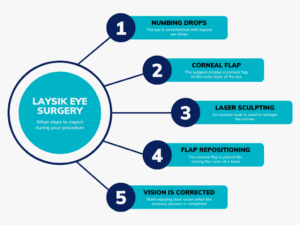 LASIK Surgery Experience
LASIK Surgery Experience
The LASIK surgery experience can vary slightly from person to person, but there are some common elements that most patients can expect.
When you arrive for your LASIK surgery at Visionary Eye Doctors, you’ll be greeted by our friendly staff who will make sure you feel comfortable and well-informed about the process. Our laser suite is designed to provide a calming and professional atmosphere, with state-of-the-art equipment to ensure the highest level of precision and safety.
During the procedure, you will be positioned on a reclining chair, and a small device may be placed to keep your eyelids open. This is done to prevent blinking and ensure that your eye remains steady throughout the process. Rest assured that you won’t feel any pain during the surgery, thanks to the numbing drops administered earlier.
At Visionary Eye Doctors, our skilled LASIK surgeons utilize advanced laser technologies to create a small flap on the cornea and reshape the underlying tissue. The first step of the surgery involves the creation of a thin corneal flap, which is accomplished using a femtosecond laser. This laser creates precise, microscopic incisions, enabling the surgeon to lift the flap and access the cornea.
Once the corneal flap is lifted, the underlying tissue is reshaped using an excimer laser. This laser emits cool ultraviolet light pulses that gently remove microscopic amounts of tissue, precisely reshaping the cornea to correct your refractive error. The excimer laser is highly accurate and allows for customization based on your specific prescription.
During the surgery, you may experience slight pressure or discomfort as the surgeon works on your eye. Some patients describe a sensation of something touching their eye, but it is important to note that this is not painful. Remember to remain still and follow the instructions provided, as this will assist the surgeon in achieving the best possible results.
Furthermore, it is important to clarify that the light you are asked to focus on during the surgery is not the excimer laser itself. This light serves as a reference point to help you keep your eye still and aligned properly. The actual laser is focused by the surgeon and is controlled remotely.
Recovery and Post-Operative Care
After undergoing LASIK surgery, proper recovery, and post-operative care are crucial for achieving the best possible results. Immediately after your LASIK surgery, your eyes may experience watery eyes and mild discomfort. This is normal and should subside within a few hours. At Visionary Eye Doctors, we will provide you with specialized eye drops to help promote healing and minimize any potential dryness or irritation.
It is essential to follow the post-operative instructions provided by your surgeon diligently. These instructions may include using prescribed medicated eye drops, wearing protective eye shields at night, and avoiding activities that could potentially put a strain on your eyes. Your surgeon will also guide you when it is safe to resume daily activities, including working, driving, wearing eye makeup, and playing contact sports.
In the days following your surgery, you may experience some temporary side effects, such as blurry vision or light sensitivity. Don’t be alarmed; these are typically normal and will improve gradually as your eyes heal. It is important to rest your eyes and avoid rubbing or touching them during this time.
Dryness is a common side effect after LASIK surgery, but it is usually temporary. To alleviate the slight discomfort caused by dry eyes, you can use artificial tears as directed by your surgeon. It is advisable to have these drops on hand to keep your eyes lubricated throughout the day. Additionally, it may be beneficial to avoid environments with dry air, such as heated or air-conditioned spaces, as they can exacerbate dryness.
While most patients experience significant improvements in their vision immediately after LASIK surgery, everyone’s healing process is unique, and it may take a few days or even weeks for your vision to stabilize fully. Be patient and follow up with your surgeon as scheduled to monitor your progress and ensure a successful outcome.
It is important to note that LASIK surgery does not guarantee perfect vision for a lifetime. As we age, natural changes in the eye can occur, leading to the need for reading glasses or further vision correction. However, LASIK can still provide a significant improvement in your overall visual acuity, reducing your dependence on glasses or contact lenses in most cases.
Remember, the healing process is a crucial part of your LASIK journey. By following your surgeon’s recommendations and attending all scheduled follow-up visits, you are giving yourself the best chance for a successful outcome and long-term visual satisfaction.
Visionary Eye Doctors’ Services
In conclusion, undergoing LASIK surgery is a life-changing experience for many individuals looking to improve their up-close and distance vision and reduce their dependence on glasses or contact lenses.
At Visionary Eye Doctors, we are committed to providing safe, precise, and personalized LASIK surgery. With our team of experienced eye doctors and advanced laser technologies, we strive to deliver exceptional results and the highest level of patient satisfaction. Contact us at 301-896-0968 today to learn more about LASIK or any of your eye health needs.

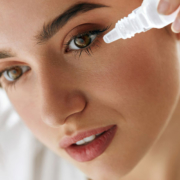


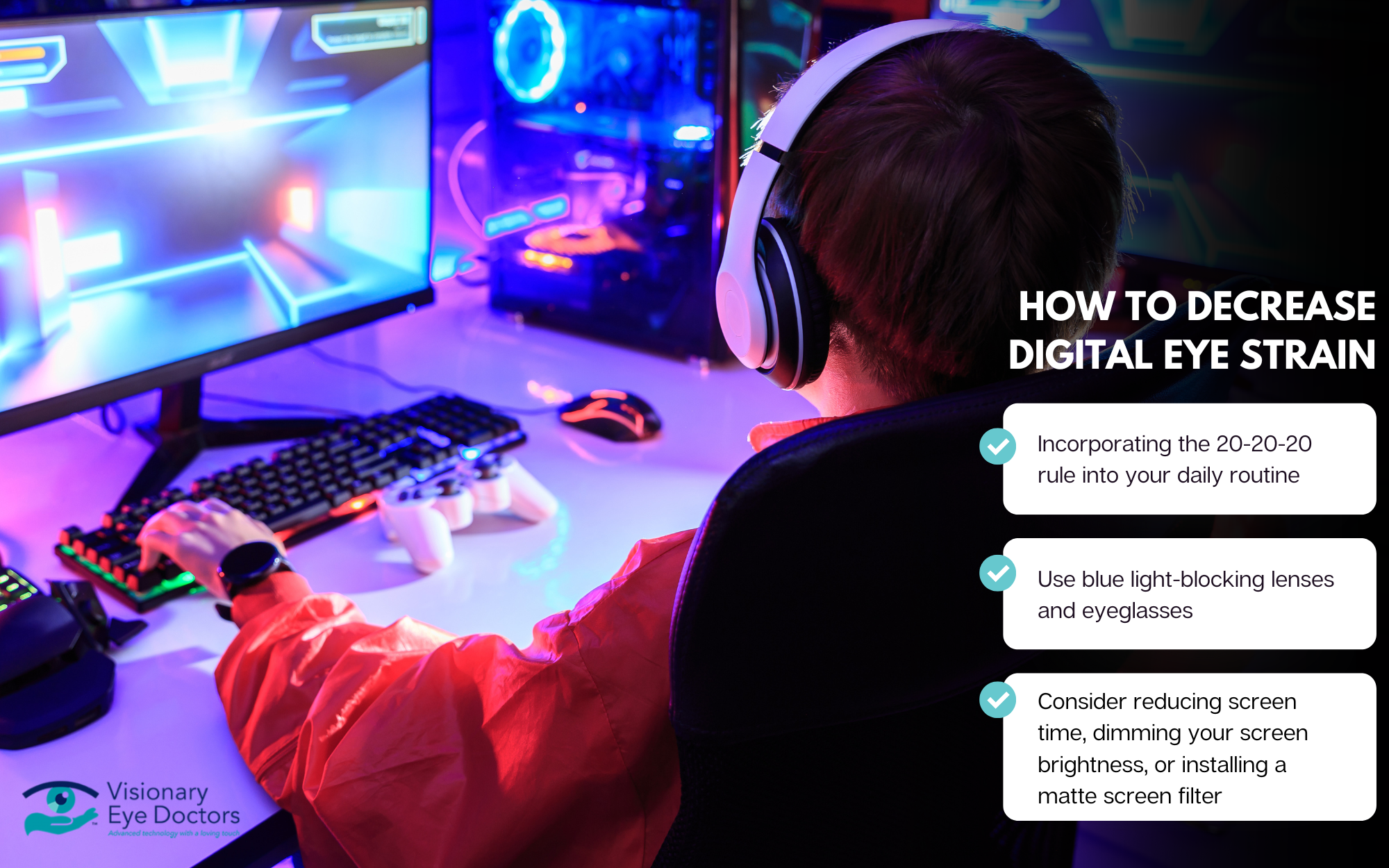


 Keep an eye out, firework-related eye injuries in the U.S. have doubled!
Keep an eye out, firework-related eye injuries in the U.S. have doubled!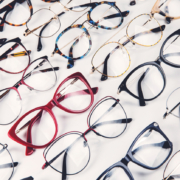




 Meet Our Glaucoma Specialists
Meet Our Glaucoma Specialists
